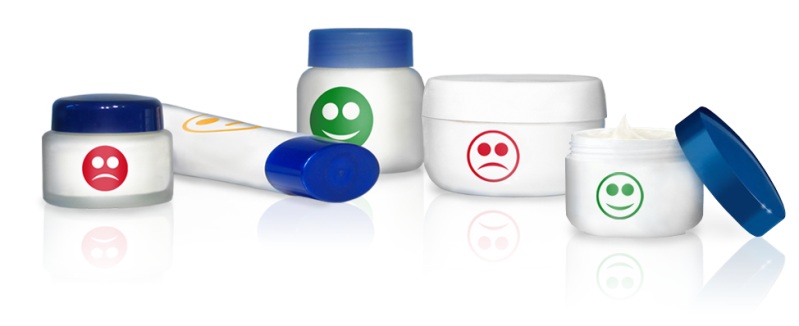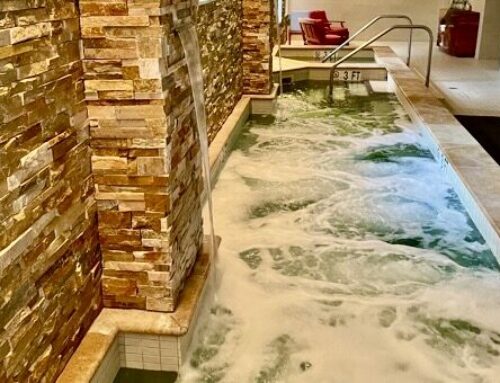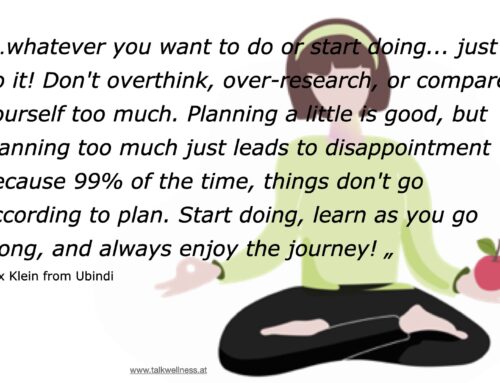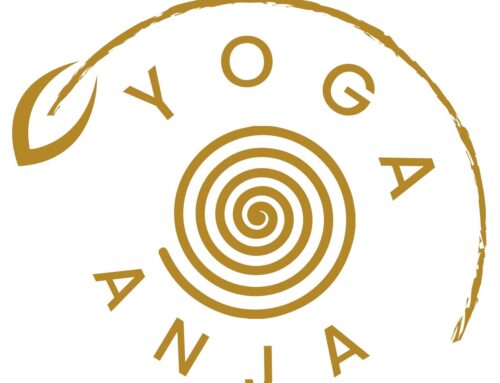How do I really know which ingredients are in my skin care products?
Analysing skin care myself? The answer is cosmetic analysis!
How can I, as a consumer, actually know what kind of ingredients are in my skin care products, without having studied chemistry, or alternatively speak Latin fluently… in order to be able to read and identify the partially unpronounceable ingredients on product labels?
First of all, one needs to know, that manufacturers are bound by European law to label all ingredients of the product (INCI index), and that must be in declining order, meaning for each of the ingredients, those mentioned first on the label indicates they are present in the highest amount, while the ingredient mentioned last indicates the smallest amount (this concept also applies to food labels by the way).
There is a set terminology indicating what the ingredients are supposed to be called (or labeled as), however not all manufacturers follow this protocol, hence sometimes the same ingredient is found under different names. This is all really very confusing!
And what is actually the difference between natural skin care, organic skin care, bio skin care, vegan skin care…?
Which seal of quality is “authentic” and which ones are “makeshift” by the manufacturers themselves…?
As a consumer, it’s enough to make you sigh, or even worse, just give up!
I no longer rely on the marketing (or promotional) promises of the industry!
If I do want to know exactly what is in my product, it requires research, unfortunately there is no other way:
You actually have to make the effort and look into each ingredient individually – Google it, look it up, translate it… whatever it takes! Because I no longer rely on the promises made by the industry!
The good news is however, that over time one gets quite knowledgable on identifying the most common ingredients that are suitable – or not suitable.
There are a couple of ways to do research:
- Sure, you can always ask ‘Google’
- Blogs and forums also offer information, like we do at TalkWellness, where we do the work for you and analyse and current products, and where we also share publications by Cosmetic Analysis
- Different Apps are out there to assist, such as ToxFox for iPhone. This is an App that tells you immediately – through scanning the bar code on the product – whether the scanned product contains hormone changing ingredients. Very handy, since having the App on your mobile, you can do a quick check while still in the store before purchasing the product.
- The good old paper method is the book “Kosmetik-Inhaltsstoffe von A bis Z” by author Heinz Knieriemen (I’m afraid it’s only in German as far as I know). This is a critical guidebook, in which the INCI Index, rules and regulations according to the law, as well as the effects of the ingredients are explained in detail (I purchased the book 2 years ago via Amazon).
- My favourite however is Cosmeticanalysis, a platform with database, in which each of us can enter ingredients of a product and have them analysed, or you can look up products that others have analysed beforehand.
TalkWellness has had a chat with Günther Reichelt, the Initiator behind Cosmeticanalysis:
Günther, how was the idea for Cosmeticanalysis developed?
Well, actually as a management consultant I have been developing business and marketing concepts for companies for the past 14 years in various industries. A major
success factor is that we take the responsibility for the implementation of our concepts. One of our first tasks 14 years ago was to present a cosmetic brand to the Swiss market. For this task, we dealt with ingredients and their citations within professional literature extensively, and realised after a few weeks that we were the only ones that would have such extensive knowledge on this topic.
Hence we have continued being interested in ingredients and have published a book with a list of over 3,200 ingredients which has sold about 6,000 copies.
Simultaneously we have developed a software from which one can analyse a skin care product with the knowledge of our database. At the time, all of this was only meant to support our marketing efforts and trainings for our business partners, such as beauticians and their customers.
About 8 years ago, the ‘Foundation for the promotion of skin health’
(note by the editor: original title is ‘Stiftung zur Förderung der Hautgesundheit’) approached me to ask if I could round up this database and make it available online. This is precisely my expertise as a consultant and we agreed immediately.
We have been online now for 6 years and today I am still responsible, however working on voluntary basis.
What exactly does Cosmeticanalysis offer to the consumer?
Goals of the foundation are for the promotion of skin health as much as Cosmeticanalysis also provides consumers with manufacturer independent, factual based, and traceable information about risks and benefits of skin care. This is the only way consumers can make the right decisions for their own skin health and the skin health of their loved ones.
For this reason, a database of about 9,000 cosmetic ingredients is available. All INCI’s are being, and continuously will be, researched by an editing team, looking up 79 sources of professional literature for information, properties, and further functions of ingredients.
Thus our database holds many thousands of quotes from the relevant literature, from which, as mentioned above, provide further properties of where the ingredients (about 34,000) are being derived from.
These are being evaluated and calculated in a complex system, resulting in a overall evaluation of the product, and depicted in a consumer friendly system with 5 smileys (note from editor: in colours red, yellow and green).
This way each member from 127 countries can analyse as many products from their bathroom cabinet as they wish and make their analyses public to the other members on the platform.
Over 28,000 analyses are available for all members, including information on ingredients. A massive database of knowledge!
What is your experience with Cosmeticanalysis?
Firstly our database is used by a countless number of consumers.
We receive a lot of feedback, also via Facebook, how happy people are to have finally found such a tool. Additionally, a lot of experts such as dermatologists, pharmacists, beauticians and aestheticians are using the database when consulting their patients and customers.
Many people can no longer refrain from using Cosmeticanalysis in their professional lives. This makes us very happy.
What makes us really proud is that more and more companies – new ones and established ones – are using our database, in order to review their product recipes or create new ones. This started some three years ago and has become a trend. Six years ago this used to be a dream: “If companies are going to use our database for product development, then we are on the right track in the industry to creating better products!”. It seems to have come true now!
Where is the natural skin care market going to develop according to your opinion?
Firstly: Our approach is very unemotional, or objective, purely according to knowledge from literature and our evaluation is purely mathematical.
There are no individual opinions, for example if natural skin care or vegan skin care is good or not. Everything is very factual and traceable. Thus many of the products that are strictly speaking not entirely organic also receive good evaluations.
Now to the organic skin care market: we are expecting the ISO 16128 next year in Europe.
This is fatal for the consumer, as according to the ISO 16128 standards will require that only 50% of the ingredients have to be of natural origin.
This is to the advantage of the big industry players in the market. According to my estimates and research this applies to about 60% of all products available.
They are much stricter on manufacturers of certified organic skin care, whom will now face an external threat, which will be hard for most of them.
However, there will be more transparency when it comes to the actual quality of product and ingredient, as most of the conventional manufacturers will not be able to afford it.
I believe that Cosmeticanalysis is going to play an important role in the organic skin care market. Cosmeticanalysis has launched a completely new and interactive quality seal two years ago called “Inhaltsstoffe-geprueft” (Translation: “ingredients-tested”).
This way, manufacturers can license an open link to our product analysis page, this way not only members of Cosmeticanalysis can view all product- and quality details.
This works just as well from the webpage as from a QR Code imbedded in a specially designed fat ‘smiley’. Many of the new as well as established brands are using this total and spectacular transparency today.
With this major offensive in transparency all conventionally certified manufacturers can easily position themselves in the market.
Cosmeticanalysis thus complements classical seals of quality ideally. Above all, we are the first to provide the seal directly at the point of sale, like all consumer associations have asked for!
And last but not least our question for your own very personal Wellness Tip?
My personal Wellness Tip? People should be more easygoing, treat others fairly and enjoy success together!
Did we get you interested? More information on Cosmeticanalysis on www.cosmeticanalysis.com
or simply post your questions further below in ‘comments’!









